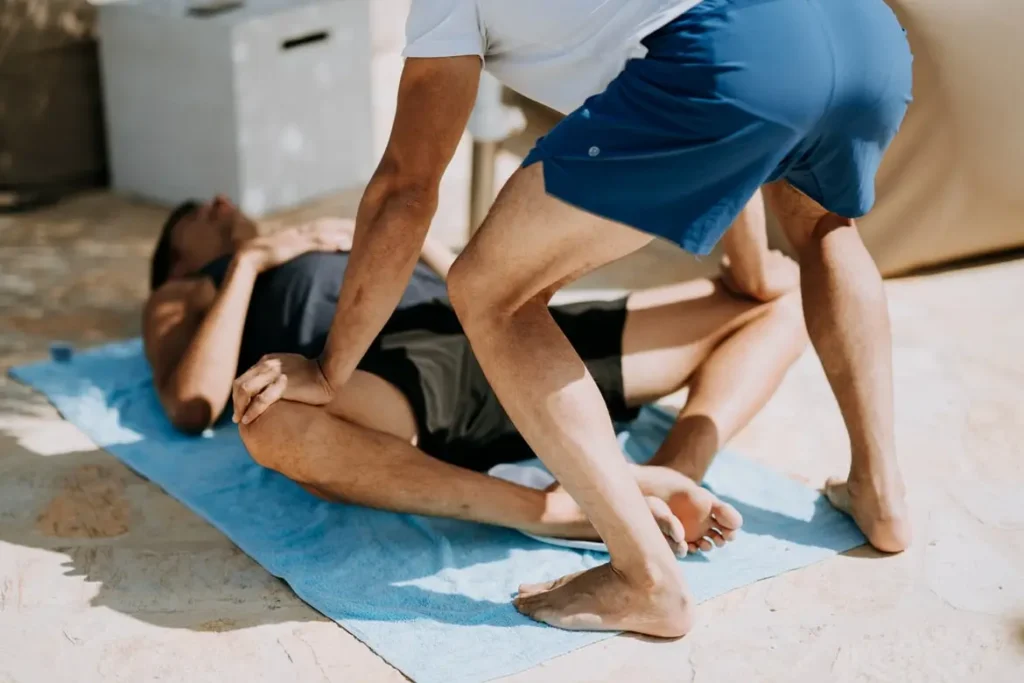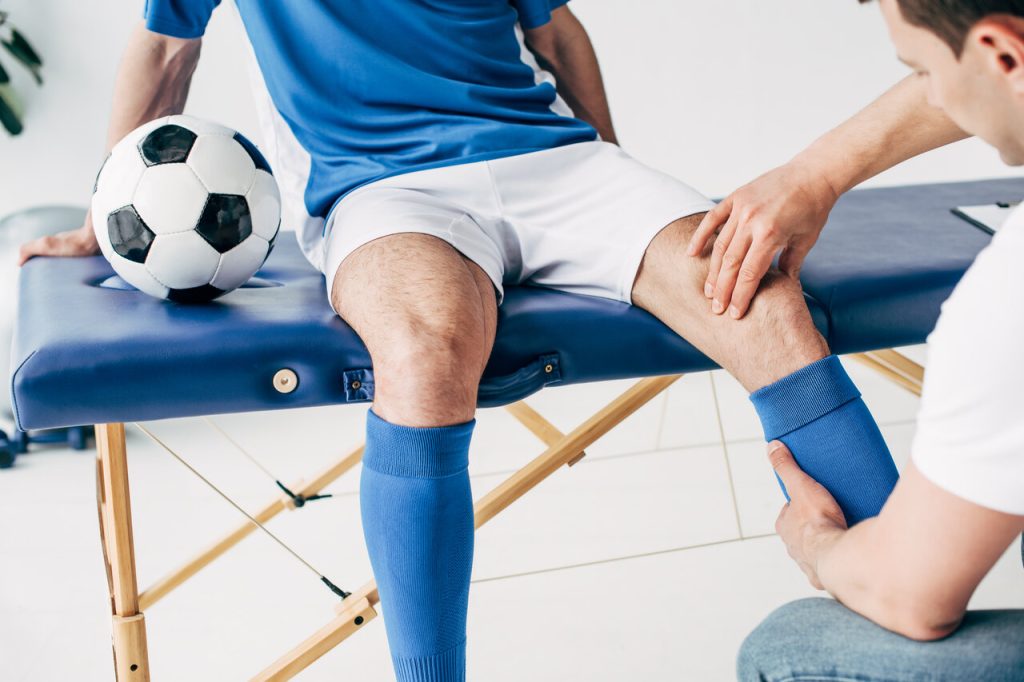Sports injuries can happen to anyone, whether you’re a professional athlete or just love playing sports for fun. It’s important to have a good plan to help you recover and get back to your favorite activities. But what is sports injury rehabilitation? Let’s break it down. This plan is a set of goals and steps to help you heal and regain your strength after getting hurt.
Understanding Your Injury
Before making a plan, you should understand what kind of injury you have. Is it a sprain, a tear, or just a bruise? Different injuries need different treatments. You might need to see a doctor or a physical therapist to learn about your injury. They can help by telling you what to do and what to avoid.

Listen to Your Body
While you need to be proactive with your recovery, remember to listen to your body. Don’t push too hard. If something hurts too much, stop. It’s okay to take breaks. Healing takes time and patience.
Setting Goals
Next, it’s important to set goals. Start with reducing swelling or pain. Then, aim to regain your full range of motion, moving your injured body part like before. Set small, short-term goals, like walking without pain. Long-term goals could include returning to your sport or activity at full strength.
Creating the Plan
Start by resting! Give your injury time to heal. Ice your injury to reduce swelling and ease pain. Wrap it with a bandage if needed, and raise it to help swelling decrease. This is called the R.I.C.E. method: Rest, Ice, Compression, and Elevation.
Physical Therapy
Consider working with a physical therapist. They create special exercises to help you heal. These exercises can strengthen your muscles and improve flexibility. Remember, consistency is key. Try to do these exercises as often as your therapist suggests.
Progressing Gradually
As you start to feel better, slowly increase your activity level. Maybe try walking before running or doing simple stretches before more difficult exercises. Progress slowly but surely.
Avoiding Re-injury
Be careful not to rush back to sports too soon. Sometimes, athletes want to get back to the game fast, but this can lead to more injuries. Gradual progress helps avoid this.
Nutrition and Hydration
Eating well plays a big role in healing. Make sure you eat enough protein as it builds muscles. Keep yourself hydrated, too. Water is important for muscle health.
Rest and Sleep
Don’t underestimate the power of rest. Sleep helps your body repair and grow strong again. Make sure you get enough sleep every night.
Staying Positive
Staying positive is important. It may seem hard at first, but with every little improvement, you’ll feel better. Celebrate small victories on your recovery journey. Surround yourself with supportive family and friends who encourage you.
Patience is Key
Good things take time. A positive mind will help you follow your plan better and stay on track.
Exploring Sports Medicine Options
For those seeking specialized care, sports medicine in Nashville offers various services to support your recovery journey. Sports medicine practitioners in Nashville are experienced in diagnosing and managing a wide range of sports-related injuries.
Building a Successful Sports Injury Rehabilitation Plan
Creating a sports injury rehabilitation plan involves understanding your injury, setting goals, and following a recovery path with care and patience. With the right mindset and support, you can successfully return to your favorite activities, feeling stronger and more resilient. Remember, proper rehabilitation is an investment in your physical health and future performance.
